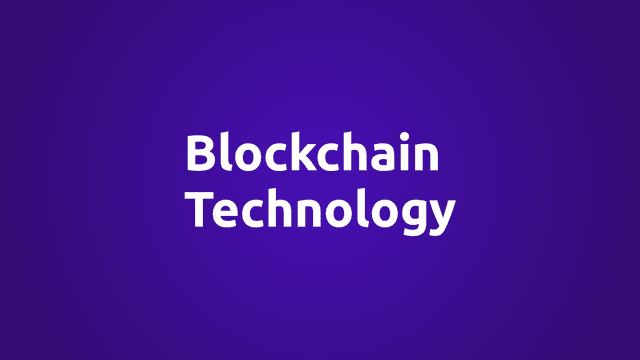How does blockchain ensure trust and security in networks

Introduction:
Blockchain technology has revolutionized the way trust and security are established in networks. In this article, we will explore how blockchain ensures trust and security, providing transparency, immutability, and cryptographic mechanisms. By the end, you'll have a clear understanding of how blockchain technology establishes trust and enhances security in various networks.
1. Decentralized Consensus Mechanism:
Blockchain networks utilize decentralized consensus mechanisms, such as Proof of Work (PoW) or Proof of Stake (PoS), to achieve trust and security. Here's how it works:
-
Consensus through Agreement: In a blockchain network, multiple participants, known as nodes, collectively agree on the state of the network. This agreement is reached through a consensus mechanism that ensures the validity and integrity of transactions.
-
Validation and Verification: Nodes validate and verify transactions by performing complex computations or staking their own assets. This process prevents malicious actors from manipulating the network and ensures that only valid transactions are added to the blockchain.
2. Transparency and Immutability:
Transparency and immutability are fundamental features of blockchain technology that enhance trust and security. Here's how blockchain achieves these attributes:
-
Transparent Transactions: Transactions recorded on the blockchain are openly visible to all participants in the network. This transparency enables anyone to audit and verify the history of transactions, ensuring accountability and trust.
-
Immutability through Cryptography: Once a transaction is added to the blockchain, it becomes extremely difficult to modify or tamper with. Each block is cryptographically linked to the previous block, forming an unbroken chain of transactions. This immutability protects the integrity of the data recorded on the blockchain.
3. Cryptographic Security:
Blockchain technology leverages cryptographic techniques to enhance security and protect the integrity of data. Here are some cryptographic mechanisms used in blockchain:
-
Hash Functions: Blockchain utilizes hash functions to create unique digital fingerprints (hashes) for each transaction and block. This allows for easy verification of data integrity and prevents unauthorized modifications.
-
Digital Signatures: Digital signatures are used to authenticate and verify the identity of participants in a blockchain network. They provide proof that a transaction or message originates from a specific user and has not been tampered with.
-
Encryption: Blockchain networks employ encryption techniques to protect sensitive information, such as private keys and user data. Encryption ensures that only authorized individuals can access and decrypt the data.
Example: dYdX Decentralized Exchange and Trust in Blockchain
dYdX is a decentralized exchange (DEX) built on blockchain technology that exemplifies the trust and security provided by blockchain. Through its implementation on the Ethereum blockchain, dYdX ensures transparency and immutability of transactions, allowing users to trade, lend, and borrow digital assets securely without the need for intermediaries.
Conclusion:
Blockchain technology establishes trust and enhances security in networks through its decentralized consensus mechanism, transparency, immutability, and cryptographic security measures. By providing an auditable and tamper-proof ledger, blockchain technology empowers individuals and organizations to transact and interact with confidence. As blockchain continues to evolve and find applications across industries, trust and security will remain essential components driving its adoption and enabling innovative solutions.